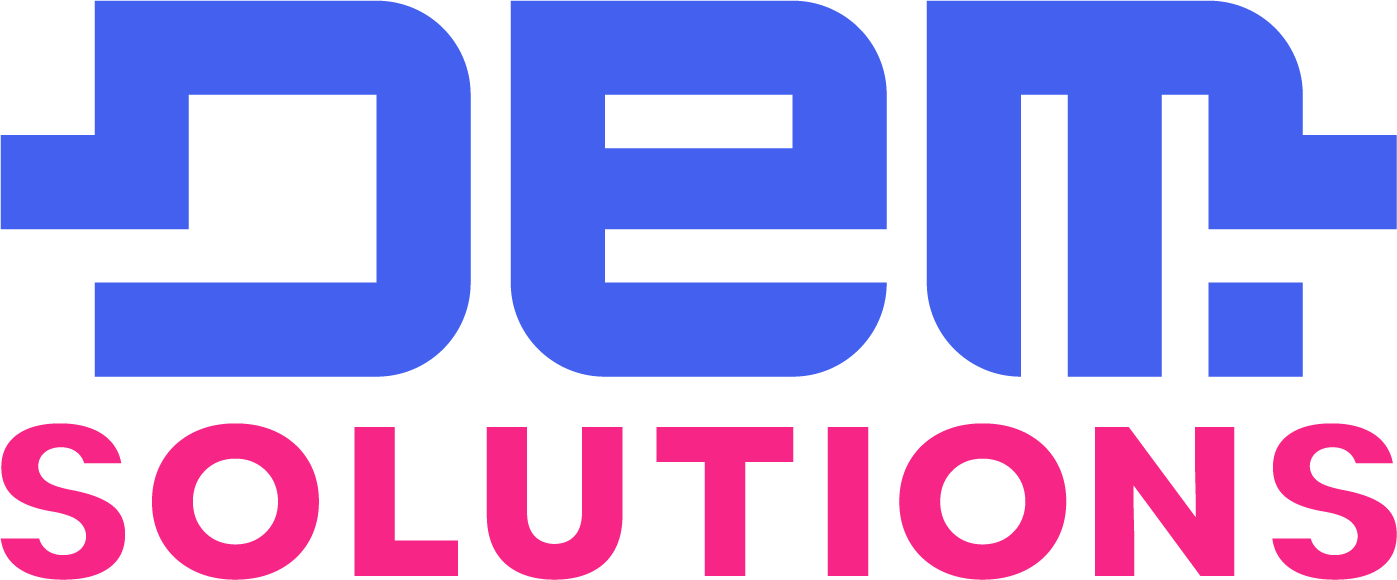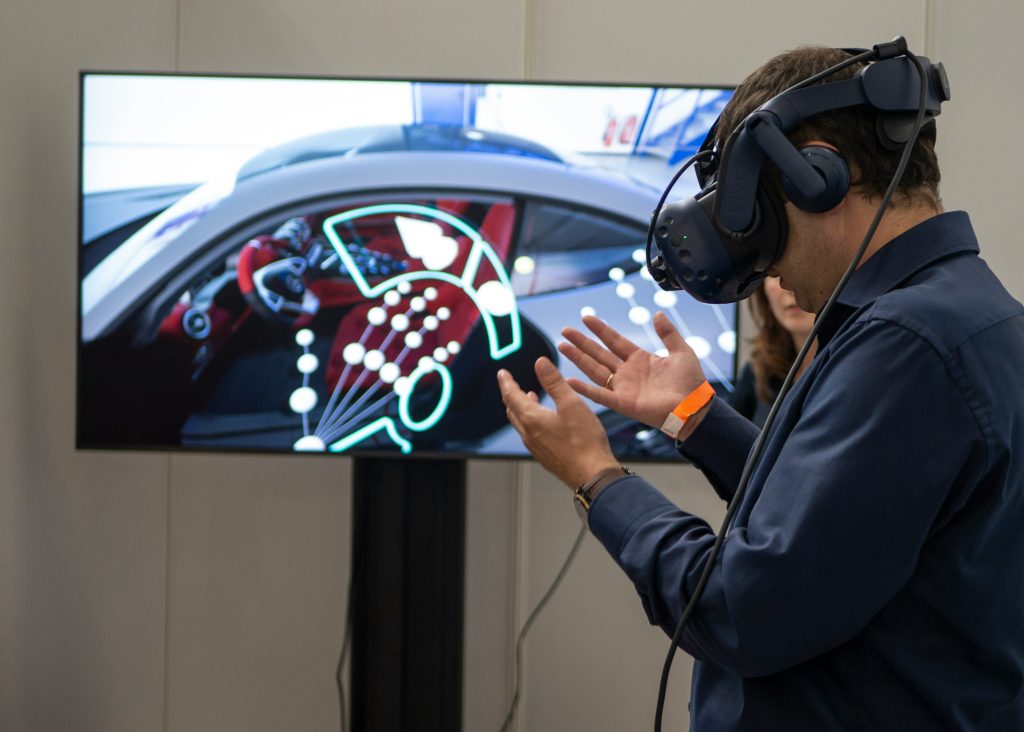Virtual Reality (VR) has evolved from a futuristic concept to a rapidly growing industry, revolutionizing entertainment, education, healthcare, and various other sectors. At the heart of this technological advancement are VR developers, professionals who blend creativity with technical expertise to craft immersive digital experiences. This article explores the role of VR developers, their key responsibilities, and the skills required to excel in this innovative field.
The Role of a Virtual Reality Developer
VR developers are responsible for designing, building, and maintaining virtual reality applications and experiences. They work at the intersection of software development, 3D modeling, and user experience design to create engaging virtual worlds that users can interact with in meaningful ways.
Conceptualization and Design
The first step in VR development involves conceptualizing the virtual experience:
- Defining the purpose and goals of the VR application
- Outlining the user experience and interaction methods
- Sketching environments, characters, and objects
- Planning the technical architecture and hardware requirements
VR developers must consider both the creative aspects of the experience and the technical constraints of VR systems during this phase.
3D Modeling and Asset Creation
Creating the visual elements of a VR world is a crucial part of development:
- Designing and modeling 3D environments, characters, and objects
- Texturing and lighting virtual scenes
- Creating or sourcing audio assets for an immersive soundscape
- Optimizing assets for performance in real-time 3D environments
Developers often work with 3D artists and sound designers to bring virtual worlds to life.
Programming and Integration
The core of VR development involves writing code to make the virtual world interactive:
- Implementing VR-specific features like head tracking and motion controls
- Creating user interfaces suitable for VR environments
- Developing game mechanics or simulation logic
- Integrating 3D models, animations, and audio into the VR application
VR developers typically use game engines like Unity or Unreal Engine, along with VR-specific SDKs and APIs.
Testing and Optimization
Ensuring a smooth, comfortable VR experience is critical:
- Conducting thorough testing for bugs and performance issues
- Optimizing rendering and computing processes for VR hardware
- Addressing motion sickness and other VR-specific user comfort issues
- Iterating on design based on user feedback and testing results
Key Skills and Knowledge Areas
Successful VR developers possess a diverse skill set that combines technical proficiency with creative thinking.
Technical Skills
- Proficiency in programming languages such as C#, C++, or Java
- Experience with game engines and VR development tools
- Understanding of 3D mathematics and computer graphics
- Knowledge of VR hardware and software platforms
- Familiarity with version control systems and software development practices
Creative and Design Skills
- 3D modeling and texturing abilities
- Understanding of user experience (UX) design principles
- Knowledge of human factors in VR, including ergonomics and perception
- Storytelling and world-building capabilities
- Visual design skills for creating intuitive UI/UX in VR
Soft Skills
- Problem-solving and analytical thinking
- Creativity and imagination
- Collaboration and communication with multidisciplinary teams
- Adaptability to rapidly evolving technologies
- Attention to detail and patience for iterative development
Challenges in VR Development
VR developers face several unique challenges in their work:
Performance Optimization
VR applications require high frame rates and low latency to prevent motion sickness. Developers must constantly balance visual fidelity with performance constraints.
Input and Interaction Design
Creating intuitive ways for users to interact with virtual environments is an ongoing challenge, especially as VR hardware continues to evolve.
Cross-Platform Development
With multiple VR platforms available, developers often need to create applications that work across different hardware specifications and capabilities.
User Comfort and Safety
Ensuring users can comfortably and safely use VR applications for extended periods requires careful consideration of human factors and ergonomics.
The Future of VR Development
As VR technology advances, several trends are shaping the future of VR development:
Mixed and Augmented Reality Integration
The lines between VR and augmented reality (AR) are blurring, leading to mixed reality experiences that combine elements of both.
Social VR Experiences
Developing multi-user VR environments for social interaction and collaboration is becoming increasingly important.
Haptic Feedback and Sensory Expansion
Integrating more sophisticated haptic feedback and other sensory inputs will create more immersive VR experiences.
AI-Enhanced VR
Incorporating artificial intelligence to create more responsive and dynamic virtual environments is an emerging area of development.
Virtual Reality developers play a crucial role in shaping the future of digital experiences. By combining technical expertise with creative vision, they create immersive worlds that have the power to transform how we learn, work, and interact.
The field of VR development offers exciting opportunities for those passionate about pushing the boundaries of technology and human experience. As VR continues to evolve and find new applications across industries, the demand for skilled VR developers is likely to grow. For aspiring VR developers, staying current with the latest technologies and cultivating a diverse skill set will be key to success in this dynamic and innovative field.
The potential of VR to revolutionize various aspects of our lives is vast, and VR developers are at the forefront of turning these possibilities into reality. As we look to the future, the worlds created by VR developers will continue to expand our understanding of what’s possible in the digital realm, opening up new frontiers in entertainment, education, healthcare, and beyond.


